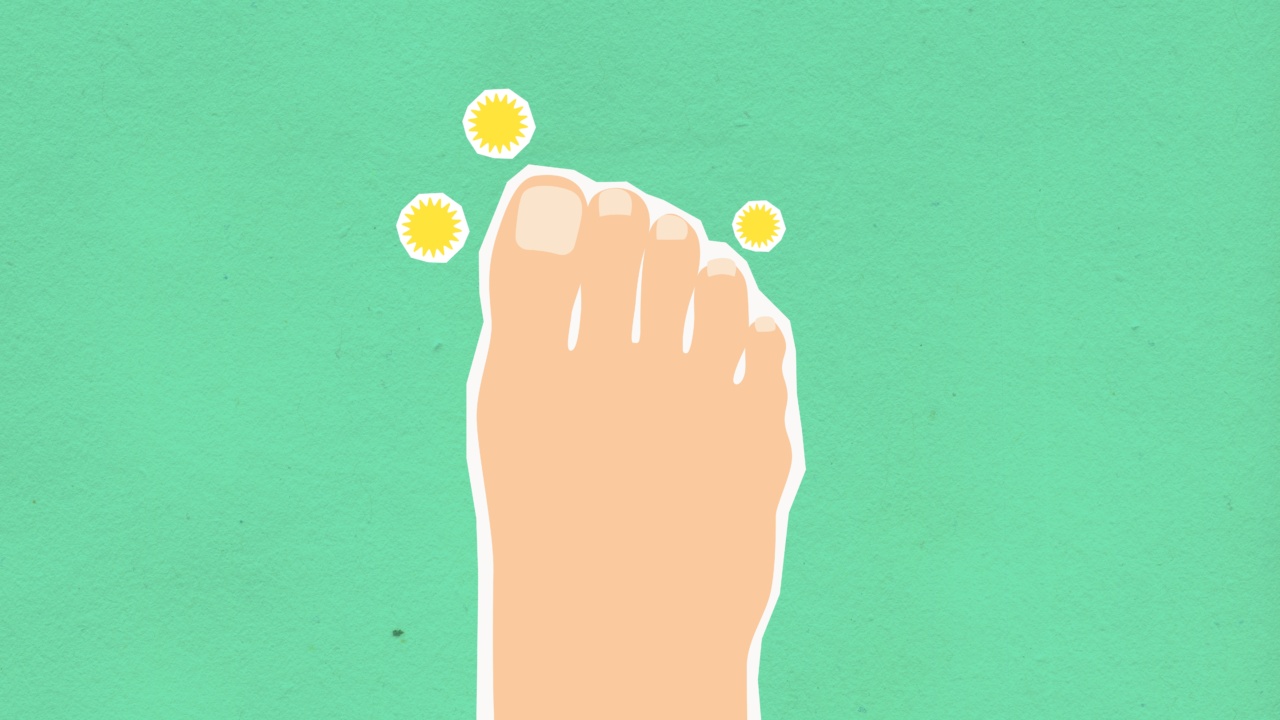If you’re someone who’s dealt with yellow, thick or brittle nails, chances are, you’ve been affected by a nail fungal infection.
A nail fungal infection, also known as onychomycosis, is a common condition that affects around 10% of adults. The condition can cause discomfort, pain, and nail disfigurement, making the affected nail thick, yellow, or brittle. In this post, we’ll explore the causes and symptoms of nail fungal infections, as well as possible treatment options.
Causes of Nail Fungal Infections
A fungal infection of the nails or onychomycosis is caused by the growth of fungi on or under the nail’s surface. Different types of fungi can cause nail infections, including dermatophyte fungi, Candida, and non-dermatophyte molds.
Dermatophytes are the most common fungi responsible for nail fungal infections.
Nail fungal infections often occur when a fungus enters an area around the nail through a small cut, break, or separation between the nail and nail bed.
The fungus thrives in a warm and moist environment, which is why sweaty feet, damp shoes, and a humid climate increase the chances of fungal growth. Also, people with diabetes, circulation problems, or a weakened immune system are more at risk of developing nail fungal infections.
Symptoms of Nail Fungal Infections
The symptoms of nail fungal infections vary depending on the type of fungus causing the infection. However, common symptoms include:.
- Thickened nails
- Discoloration of the nail (white, yellow, brown, or black)
- Brittle or ragged nails
- Nails that are distorted in shape
- Nail separation from the nail bed
- A foul odor
- Pain and inflammation (in severe cases)
It’s essential to seek medical attention if you experience any of these symptoms. Left untreated, a nail fungal infection can cause permanent nail damage and spread to other nails or even to your skin.
Treatment Options for Nail Fungal Infections
Nail fungal infections can be challenging to treat, and patients may require various therapies before the infection completely goes away. Treatment options for nail fungal infections include:.
- Antifungal medications: Antifungal medications, such as terbinafine or itraconazole, are the primary treatment for nail fungal infections. The medication is usually taken orally, and the treatment course can last from six to twelve weeks. These antifungal medications work by killing the fungus and promoting the growth of a new nail.
- Topical antifungal creams: Topical antifungal creams or ointments can be applied to the affected nail directly. However, topical medications are less effective than oral medications.
- Nail removal: In severe cases, the infected nail may need to be removed to allow a new, healthy nail to grow in its place.
- Laser therapy: Laser therapy involves using a laser that heats and destroys the fungi in the nail. However, this treatment option is not yet widely available.
Preventing Nail Fungal Infections
Preventing nail fungal infections involves taking measures to avoid the spread of fungus. Some tips to prevent nail fungal infections include:.
- Keep your hands and feet clean and dry.
- Avoid sharing nail clippers, towels, or shoes.
- Wear protective shoes in public pools, showers, and locker rooms.
- Wear shoes that fit properly and allow for air circulation.
- Use antifungal sprays or powders in shoes and socks.
- Avoid prolonged exposure to moist environments.
Conclusion
Nail fungal infections can be uncomfortable and unsightly, but with proper treatment, they can be resolved. If left untreated, nail fungal infections can lead to permanent nail damage.
If you think you have a nail fungal infection, make sure to seek medical attention right away. Also, take preventative measures to avoid the spread of fungi and reduce the risk of re-infection.




























